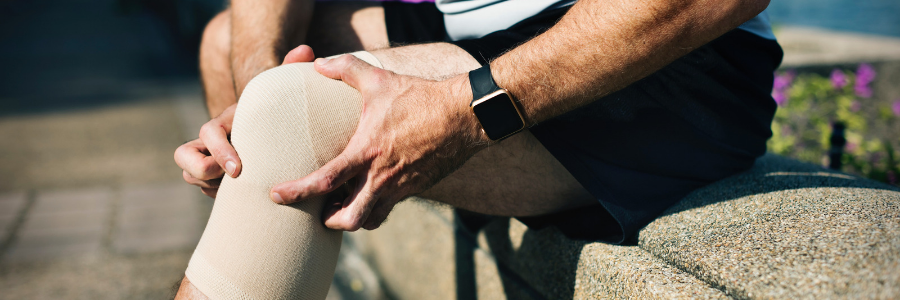
Patellofemoral Pain Syndrome
Patellofemoral pain syndrome (PFPS), or also referred to as runners knee, patellofemoral joint syndrome, patellofemoral pain (PFP), and anterior (front) knee pain. Patellofemoral pain syndrome typically causes pain to be experienced at the front (inside and/or outside) of the knee. Pain can also be located around the knee cap area, particularly under the knee cap and over what is called the infrapatellar fat pad.
Significance of patellofemoral pain
- Patellofemoral pain accounts for more than 5% of all sports medicine consultations (a lot)
- It accounts for 25-40% of knee problems that a chiro will see in their clinic
- Even though being active it a good thing, 9-15% of people who are active will get this problem
- Up to 52% of people will reduce or stop being active after they get this problem
- 23% of athletes are forced to stop participating all together as their pain becomes too bothersome
- Chronic patellofemoral pain may be linked to arthritis later in life.
Prognosis of patellofemoral pain
- This condition will not get better on its own – research shows it is not self-limiting (goes away with time). It simply hides when you rest and comes back when you’re active
- The research shows that up 91% of people still had this problem 20 years after it started (it lasts a long time)
- The research shows that the longer you have this problem, the harder and more unlikely it is that rehab will help you (treat it early)
- REST DOES NOT FIX THIS PROBLEM – the pain will reduce as the knee is irritated less (you stop running etc). However, the pain will likely come back when activity is resumed.
Causes of patellofemoral pain
The exact cause of patellofemoral pain is highly debated. This is because there is multiple causes of this problem. The key is finding which cause is relevant to the individual with this problem (highly individual and specific). There is evidence (research) for the following causes of patellofemoral pain, one or more of these problems may be relevant to the individual with this issue.
- Mal-alignment and mal-tracking increases and alters the stress on the knee during activity leading to the condition
- Certain knee shapes can predispose to this condition
- Cartilage differences in some peoples knee can lead to this issue
- Perhaps the most highly researched and common cause of patellofemoral pain is muscle imbalances and poor alignment of the hip, leg and ankle/foot that lead to poor knee cap tracking, poor alignment of the knee, and consequently knee irritation, inflammation and pain.
Symptoms of patellofemoral pain
The symptoms can include:
- Knee pain
- Aching in the knee joint
- Tenderness around the kneecap
- Pain and swelling after exercise
- Pain experienced when walking up and down hills or when sitting for a long time
- Knee pain that gets better with rest (technically hides from detection), but comes back after resuming exercise
- Clicking or cracking sound when the knee is bending, which is often picked up by a chiropractor.
Treatment of patellofemoral pain
Treatment for patellofemoral pain syndrome is focused on the following
- Reducing knee pain
- Reducing knee inflammation
- Strengthening muscle to improve hip, knee and ankle/foot alignment
- Improving knee coordination to reduce the stresses on the knee during activity
- Taping techniques for improve patella tracking
- Patella tracking exercises
- Focused patient education on running and load management.








